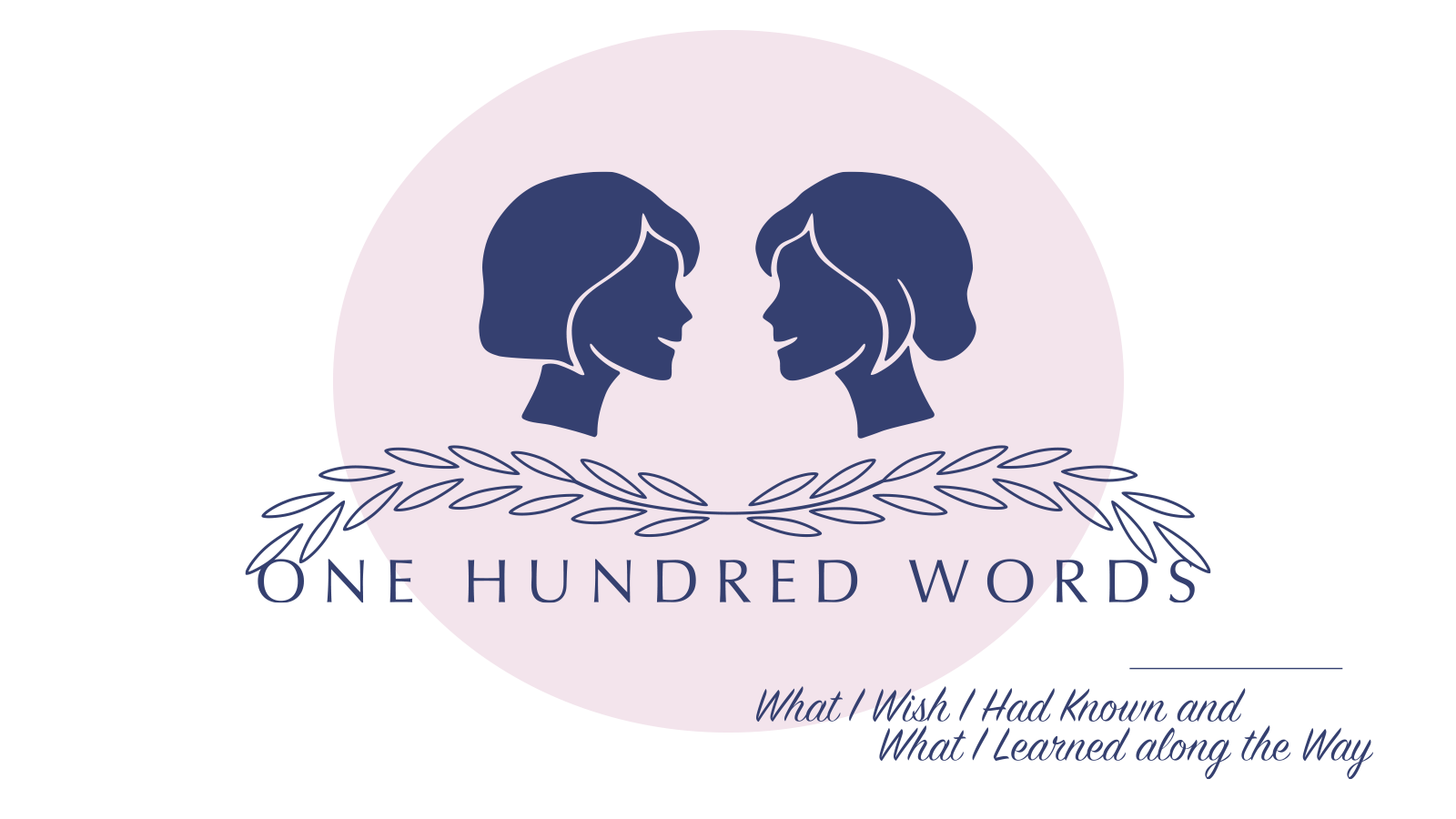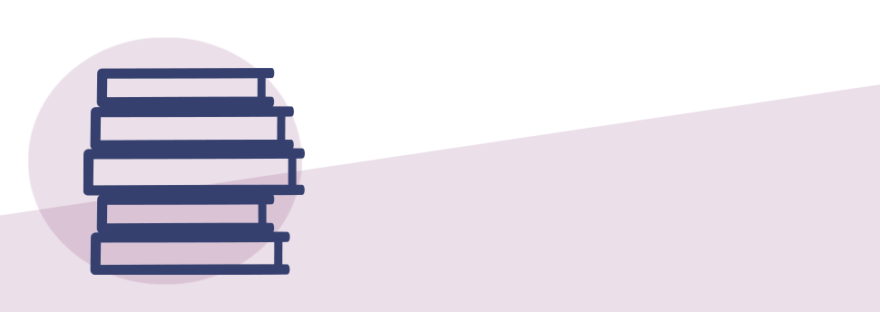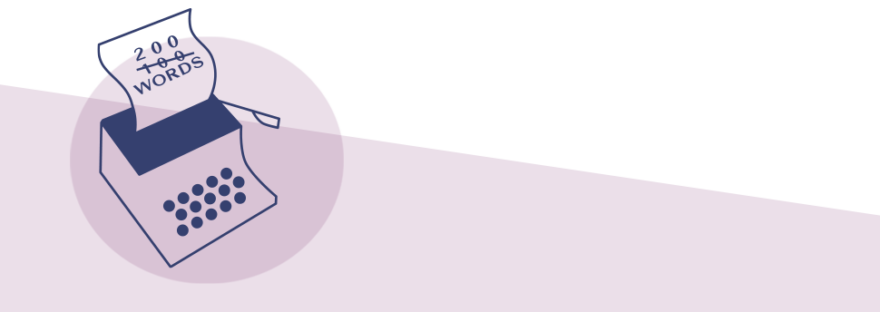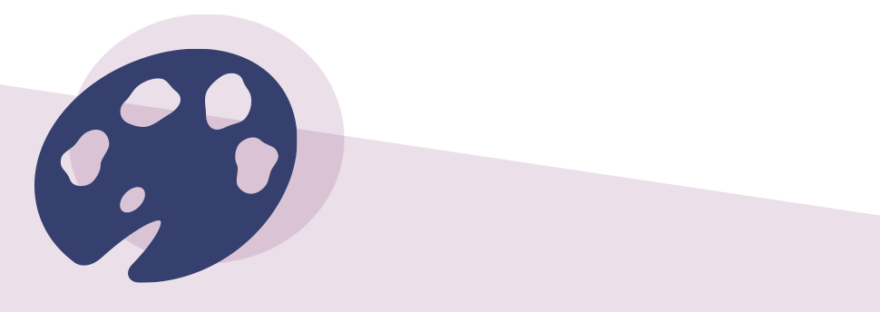Children, why do your parents read out loud to you?
When we read a story, we experience things that we ourselves have never done. And especially when we’re young, it’s an opportunity for us to learn about places and people and things that otherwise we wouldn’t know about. And most importantly, it’s a chance for us to become wise … And so it’s out of your parents’ love for you that they want you to become wise. Wiser than your years.
Rev. Matthew Capone
I won’t claim that Gary Schmidt loves his readers like parents love their children, but he gives his readers opportunities to become wiser than their years. The Labors of Hercules Beal has the protagonist—and consequently readers—learn the following truths.
We don’t know what family and friends and neighbors are thinking and feeling—no matter how much we believe we do.
We can’t hide our thoughts and feelings—no matter how much we believe we can.
Perceived enemies are allies and help in unimaginable ways.
The beauty of Schmidt’s writing is that readers are encouraged as these truths unfold during unforgettable, dire circumstances in the life of protagonist Hercules Beal.
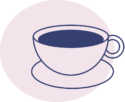
Thank you again, Gary Schmidt.
